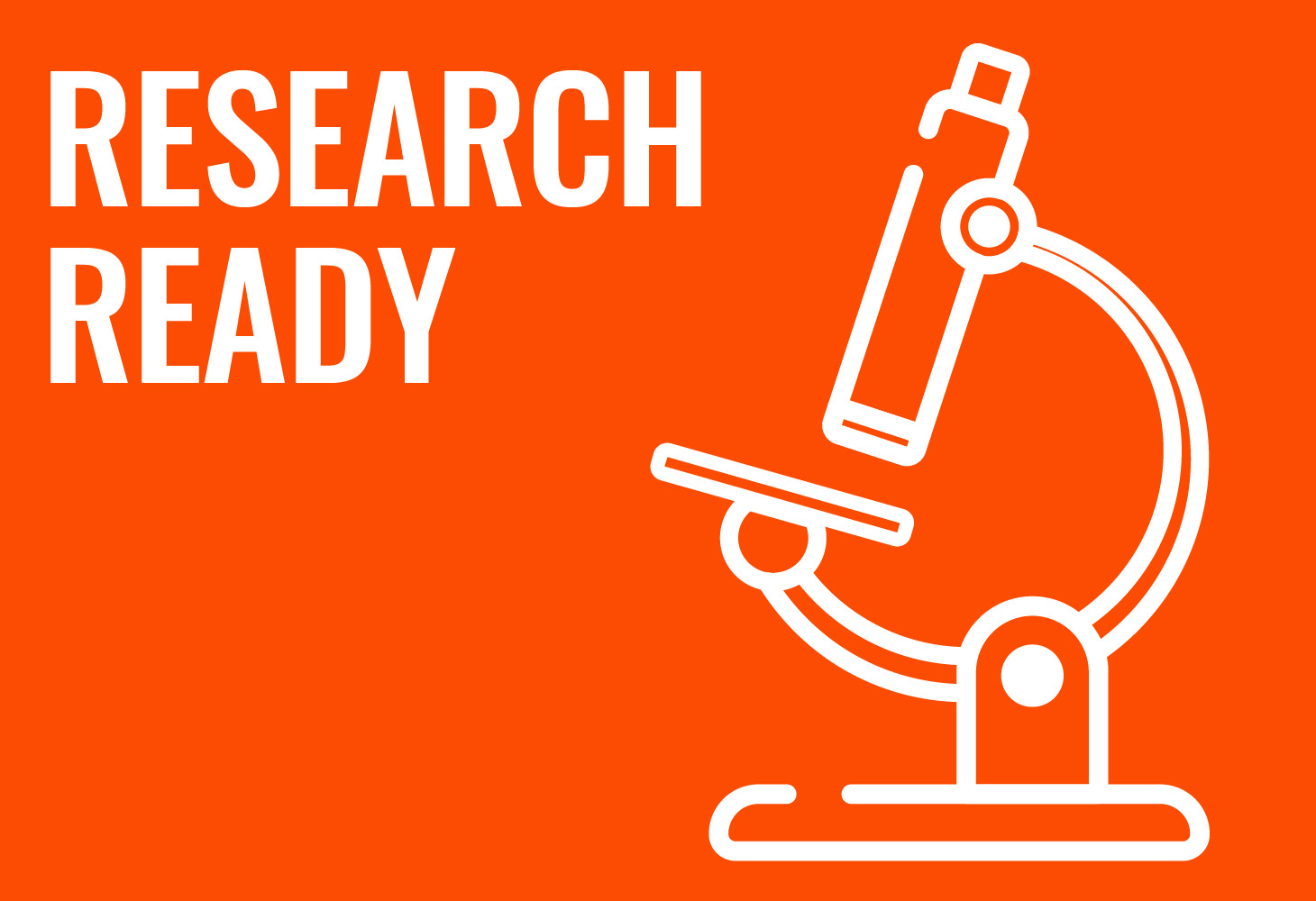RareLaunch – Research Ready
Categories: RareLaunch®

About Course
If you are working with a nonprofit organization and considering becoming more involved in research, NORD’s Research Ready program is designed to provide training and guidance to help you get started and consider your options. Because rare diseases often do not have any research or drug development activity underway, it is critical that patient communities are empowered and educated about becoming research ready so that they can effectively support research and development when it begins.
What Will You Learn?
- Understand the basics of natural history studies and why they are important to rare disease drug development and discoveries
- Learn how to collaborate with researchers and industry to reach your research goals
- Become familiar with the International Review Board (IRB) process
- Leverage social media to recruit patients to participate in your research
Course Content
Research Ready
-
The Impact of Research When Your Organization Drives It
24:52 -
My Rare Journey
28:44 -
My Rare Journey – Feedback
-
Is Your Organization Research Ready?
45:00 -
Is Your Organization Research Ready – Feedback
-
NORD IAMRARE Registry Case Studies
38:14 -
NORD IAMRARE Registry Case Studies – Feedback
-
Research Standards & Best Practices
38:14 -
Research Standards & Best Practices – Feedback
-
Research Standards & Best Practices – Summary Video
05:10 -
From Diagnosis to Driving Research
40:21 -
From Diagnosis to Driving Research – Feedback
-
Nothing about Us, without Us: The Community’s Role in Recruitment and Engagement for Research and Registries
36:22 -
Nothing About Us, Without Us: The Community’s Role in Recruitment and Engagement for Research and Registries – Feedback
-
How to Connect with Scientists and Industry Stakeholders
36:00 -
How to Connect with Scientists and Industry Stakeholders – Feedback
-
Using Registry Data to Empower your Organization and Engage with Researchers
39:49 -
Using Registry Data to Empower your Organization and Engage with Researchers – Feedback
-
Using Registry Data to Empower Your Organization – Summary Video
05:38 -
Leveraging Social Media to Connect with the Rare Community
37:11 -
Leveraging Social Media to Connect with the Rare Community – Feedback
-
How to Plan Your Research Through Multi-Stakeholder Engagement and Strategic Planning
42:13 -
How to Plan Your Research Through Multi-Stakeholder Engagement and Strategic Planning – Feedback
-
The Impact of Research When Your Organization Drives It – Feedback
Course Resources
- NCATS Toolkit for Patient-Focused Therapy Development
- NCATS Rare Diseases Registry (RaDaR) Program
- Genetic and Rare Diseases Information (GARD) Center
- RDCRN Coalition of Patient Advocacy Groups (CPAG)
- “Is Your Organization Research Ready” Lesson Slide Deck
- Research Ready Quick Reference Guide
- IAMRARE Registry Program & What is a Patient Registry NORD Video
- “IAMRARE Case Studies” Lesson Slide Deck
- “Natural History Studies and Patient Registries” NORD Webinar
- Institutional Review Board (IRB) FAQ
- Research Ready Quick Reference Guide
- Instructions for Completing Good Clinical Practice for Social and Behavioral Research Training
- PCORI Research Fundamentals: Preparing You to Successfully Contribute to Research Course
- “Research Standards & Best Practices” Lesson Slide Deck
- “From Diagnosis to Driving Research” Lesson Slide Deck
- “From Diagnosis to Driving Research” Lesson Illustration
- How to Research Potential Members of Your Medical/Scientific Advisory Board
- Letter Templates for New Nonprofits for Board Members and Medical Advisors
- Medical Advisory Board Member Agreement Template
- Medical Advisory Board Policies and Procedures Template
- Medical Advisory Board Tip Sheet
- Creating Your Medical Advisory Board Webinar
- “Connect with Scientists and Industry Stakeholders” Lesson Slide Deck
- Measuring Registry Key Performance Indicators
- Considerations for Hosting an Externally-Led, Patient-Focused Drug Development (EL-PFDD) Meeting
- “Using Registry Data” Lesson Slide Deck
- “Using Registry Data” Lesson Illustration
